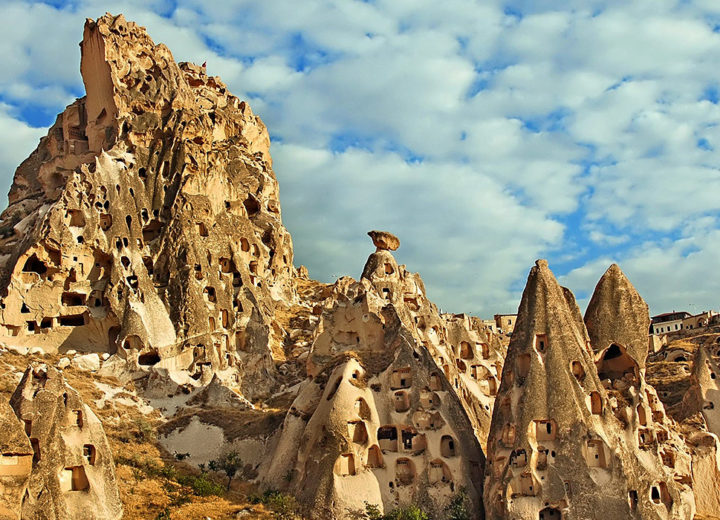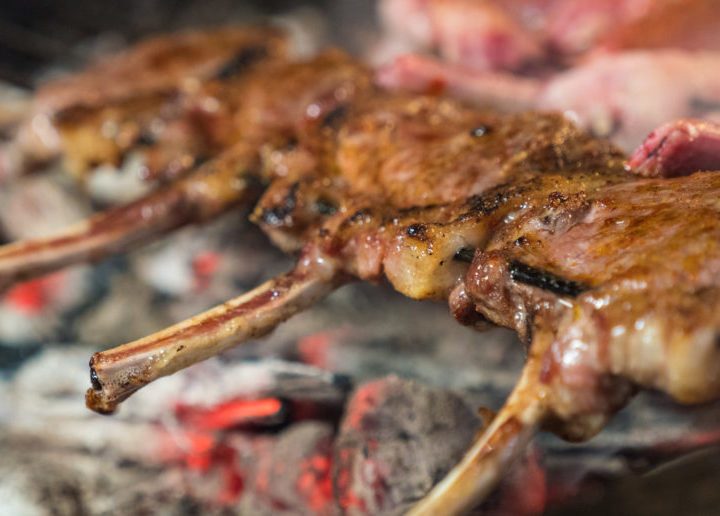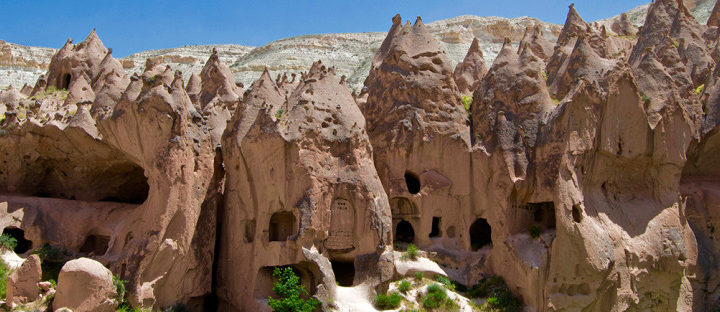
Live your myth in Cappadocia
The rock formations that have made Cappadocia one of the most popular destinations in Turkey emerged due to a geological process that began millions of years ago. Ancient volcanic eruptions blanketed the region in thick ash, which later solidified into a soft rock called ‘tuff’. When the natural forces of wind and water (erosion) did their work, only the harder elements were left behind to form the ‘fairy chimneys’ that can be seen today, stretching as far as 130 feet into the sky.
However, it was also human ingenuity that has given Cappadocia its magical aesthetic. During the Roman period, persecuted Christians fled to Cappadocia , and soon came to the realization that tuff was a useful, malleable material. The inhabitants set about building a network of handmade caves, living quarters, churches, stables, and storehouses, all dug into the soft rock. Today, there are still obvious signs of past lives within the honeycombed network of hand-built rock: the stables with handles used to tether animals, walls with holes meant for air circulation, and blackened walls that were once the kitchens.


